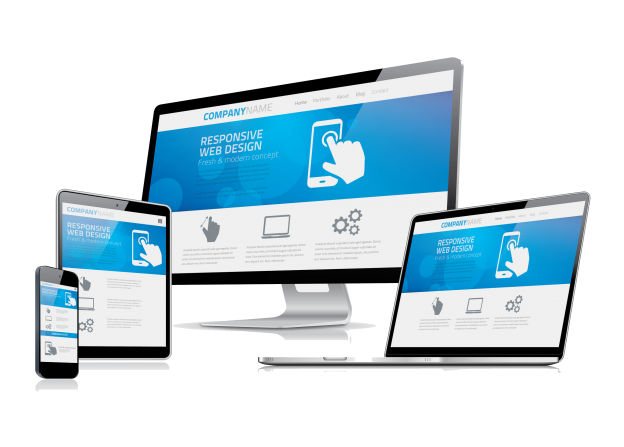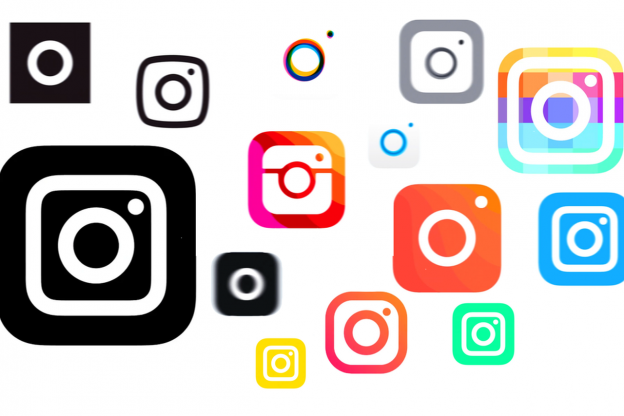In today’s fast-paced digital world, where users are bombarded with information and stimuli from every corner of the internet, simplicity and minimalism have become paramount in web design. The principle of “less is more” has gained significant recognition as designers strive to create visually appealing and user-friendly websites. Mastering the art of minimalism in web design not only enhances the user experience but also conveys a sense of elegance and sophistication. Let’s delve into the key principles and benefits of minimalistic web design.
- Focus on Essential Elements: Minimalism in web design involves stripping away unnecessary elements and focusing on the core components that communicate the intended message. By eliminating clutter and distractions, designers can guide users’ attention to what truly matters. Clear and concise typography, well-defined color schemes, and strategic use of negative space help create a harmonious visual hierarchy.
- Streamlined Navigation: A minimalist approach to navigation can greatly enhance usability. Simplify menu structures and opt for intuitive icons or concise text labels. Limit the number of navigation options to the essential pages, reducing decision fatigue for users and allowing them to find what they need quickly and effortlessly.
- Embrace White Space: White space, or negative space, is the area between design elements. It provides breathing room and helps highlight important content. By incorporating ample white space, a website feels more open and less overwhelming, allowing users to focus on the key message or call-to-action.
- Purposeful Color Palette: Minimalist web design often employs a limited color palette to create a sense of visual harmony. Choose a few carefully selected colors that align with the brand’s identity and evoke the desired emotions. By using color sparingly and deliberately, designers can draw attention to specific elements and create a visually cohesive experience.
- Typography Matters: Typography plays a significant role in minimalistic design. Select clean and legible typefaces that complement the overall aesthetic. Strive for simplicity in font styles, sizes, and spacing to maintain a clean and uncluttered appearance. Consistency in typography across the website enhances the visual appeal and readability.
- Speed and Performance: Minimalist web design often goes hand in hand with optimized performance. By eliminating unnecessary elements, such as large images or complex animations, websites can load faster and provide a smoother user experience. Speed is crucial in today’s digital landscape, as users expect instant access to information.
Embracing minimalism in web design offers several benefits. Firstly, it improves the user experience by making websites more intuitive and easy to navigate. Users can quickly find what they are looking for, resulting in higher engagement and conversions. Secondly, minimalist design tends to be timeless and doesn’t rely on fleeting trends, ensuring longevity and relevance. Additionally, minimalism enhances mobile responsiveness, making websites adapt seamlessly to different screen sizes and devices.
In conclusion, mastering the art of minimalism in web design involves carefully curating essential elements, simplifying navigation, embracing white space, using purposeful color palettes, prioritizing typography, and optimizing performance. Contact Web Design Agency in Mauritius. Designers at web design agency Mauritius is adhering to these principles, they can create visually appealing websites that deliver a delightful user experience. In a world overloaded with information, minimalism stands out as an elegant and effective approach to web design, proving that sometimes, less truly is more.





